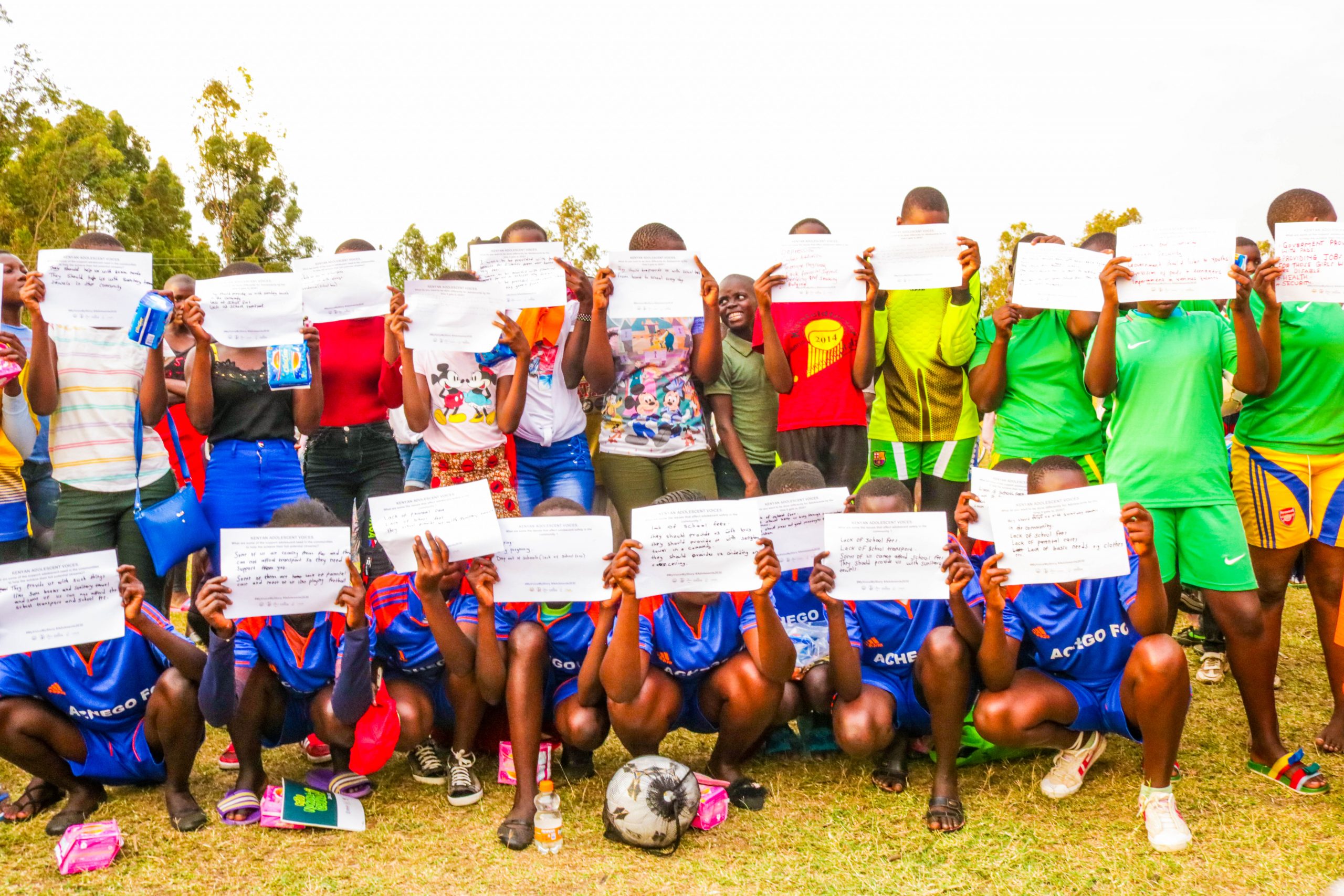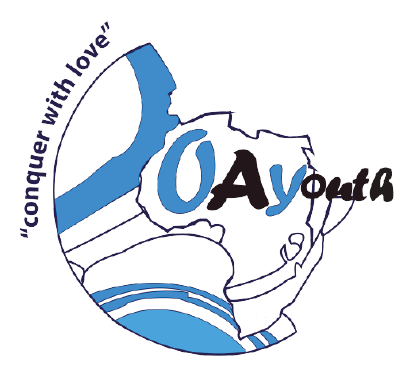In OAY, young people, who are our primary targets and beneficiaries include adolescents and youth. In Kenya adolescents are defined as those between the ages of 10-19 years old, while youth are those between 18 and 35 years

Health and nutrition
Connectedness, Positive values and Contribution to society
Safety and a supportive environment
Learning, Competence, Education, Skills and employability
Agency and resilience
While efforts have been made to improve delivery of AY programmes and their participation, including investments by government, donors and private sector to address the above problems, challenges still persist. Partly, these could be attributed to;
1.) High unemployment and Poverty
Participation of young people in decision-making and development processes, prioritizing issues affecting them is affected by inability to better organize and engage objectively due to unemployment. In most instances, they are unable to resource their participation, convening and feedback delivery due to resource constrains
2.) Haphazard Youth Work
Most people working with and for adolescents and youth in government, NGOs and youth organizations (youth workers as defined in youth policy 2019) are rarely experienced in the field leading to poor quality of youth work. Further, other than NYC Act, Kenyan lacks a legislation on youth work framework ; and there is lack of clarity on youth function in Schedule 4 of the constitution that may hinder resourcing and monitoring especially at devolved levels
3.) Skills and Knowledge Gap
There is low capacity and skills of the youth, youth agencies, youth leaders and youth workers on policy processes, MAYE, representation, policy and evidence analysis and social accountability. Most youth and their leaders are more accustomed to more agile and interactive activities as opposed to less attractive and colorful policy processes and strategic engagements
4.) Less Friendly Participation Spaces
Equally, the youth participation and engagements spaces are characterized by gatekeeping by both youth leaders and decision makers, destructive competition among actors, sporadic information sharing , limited resourcing to support participation and tokenism. In some instances, young people have described some spaces as those with rigid practices, unbalanced access to resources, unfair power relations, and pre-existing negative attitudes
